What is the prevalence of transitional cell carcinoma?
Rated 5/5 based on 193 customer reviews May 3, 2022
What is the difference between hybrid and traditional courses?
Quais são as habilidades comportamentais mais importantes para um profissional de recursos humanos?
Quais são os títulos executivos extrajudiciais?
Quais são as faculdades do estado de SP?
Why is rank tracking important for SEO studies?
O que é a ppsicologia social e como ela pode ajudar a melhorar as relações humanas?
Quais são as funções sociais do estado?
What is the difference between hybrid and traditional courses?
Qual é o objetivo do controle orçamentario?
Como funciona a residência estudantil da enfermagem de Coimbra?
Quais são as informações necessárias para a publicação de um artigo?
Quais os melhores sistemas de saúde do mundo?
Qual a importância da educação superior na contemporaneidade?
Como saber se o meu benefício foi realmente suspenso?
Por que as revisões da literatura científica são tão importantes?
How many credits do you need to graduate from Community College?
Qual a importância da educação superior na contemporaneidade?
How many credits do you need to graduate from Community College?
Quais são as faculdades do estado de SP?
Quais são as faculdades do estado de SP?
Como é o uso da preposição por?
Como funciona o programa de Pós-Graduação em Direitos Humanos?
What is the difference between hybrid and traditional courses?
Causes
Qual é a segunda competência avaliada no ENEM?
Por que o tratamento de saúde mental deve ser individualizado para cada pessoa?
Como a empresa pode planejar suas operações em um determinado período de tempo?
What jobs can you get with a Technology Management degree?
Trabalho informal redação dissertativa argumentativa
Como fazer uma redação de filmes para o ENEM?
What is the difference between hybrid and traditional courses?
What is the best offloading technique for diabetic foot ulcers (DFU)?
Qual a importância do meio rural?
Transitional Cell Carcinoma | New Health Advisor
Qual a origem da microbiologia científica? - Regional: The cancer has spread from the bladder to nearby structures or lymph nodes. The five-year survival rate is approximatively 36%. Distant: The cancer has spread to distant parts of . A malignant neoplasm arising from the transitional epithelium, usually affecting the urinary bladder, ureter, or renal pelvis. It may or may not have a papillary configuration. It is graded 1 . Transitional Cell Carcinoma Transitional cell carcinoma (TCC) is three to four times more common in horseshoe kidneys compared with the general population. From: . Por que o Dia Mundial dos direitos do consumidor é comemorado em 15 de março?
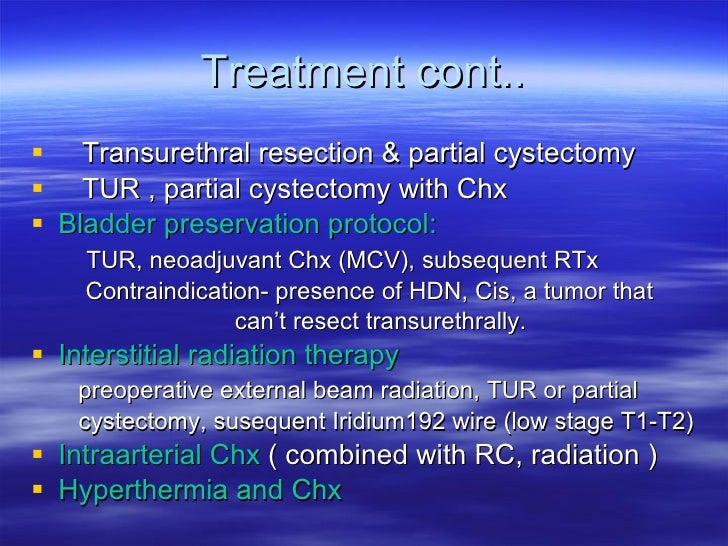
Transitional cell cancer of the kidney or ureter | Kidney cancer | Cancer Research UK
monografia modelo pdf - Transitional cell carcinoma is the most common bladder cancer. This type of cancer is in the urinary tract and affects the bladder, kidneys, and surrounding tissues and organs. TCC is also . Transitional cell carcinoma, which arises from the endothelial lining of the renal pelvis and ureter, accounts for about 5–10% of renal neoplasms. From: xPharm: The Comprehensive . Transitional cell cancer (TCC) is a rare type of kidney cancer. It starts in cells called transitional cells. There are many different types of cells in the body, each with a particular job to do. . Qual a diferença entre juiz e ação?
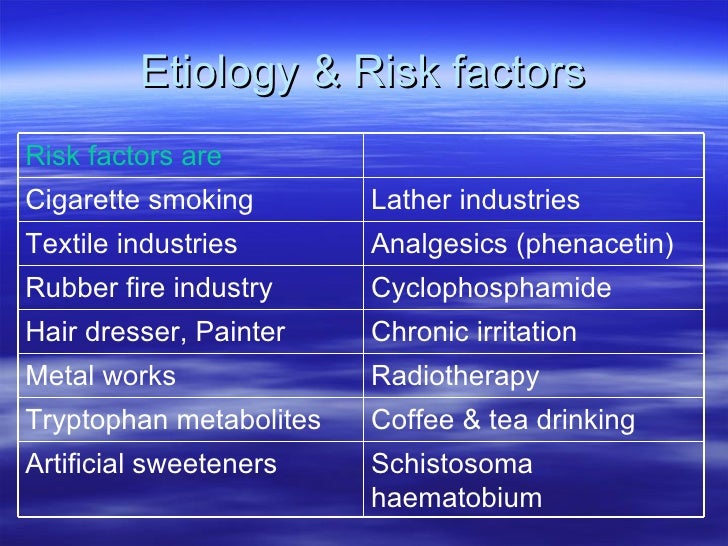
Epidemiology and risk factors for kidney cancer - PMC
What was Motörheads last album with GWR? - Transitional cell carcinomas are often multifocal, with 30–40% of patients having more than one tumor at diagnosis. The pattern of growth of transitional cell carcinomas can be papillary, . Transitional epithelial cells are found in the lining of the ureter, the tube connecting the bladder to the kidneys. The ureter is responsible for transporting urine from the renal pelvis, or the middle . Abstract Transitional cell carcinoma (TCC) of the urinary bladder, the most common malignancy of the urinary tract in dogs, is challenging to both diagnose and treat effectively. The . Qual é a responsabilidade criminal do contador?

What is the prevalence of transitional cell carcinoma?
Quais são os direitos das crianças? - Urothelial carcinoma is sometimes also called transitional cell carcinoma or TCC. Squamous cell carcinoma. Squamous cells develop in the bladder lining in response to irritation and . WebIt is graded 1 to 3 or 4 according to the degree of cellular differentiation and architectural patterns. Grade 1 transitional cell carcinoma is histologically benign but it may recur. . WebTransitional Cell Carcinoma Transitional cell carcinoma (TCC) is three to four times more common in horseshoe kidneys compared with the general population. From: . Como fazer a redação de um assunto?
It is shaped like a small balloon and has a muscular wall that allows it to get larger or smaller. The urine passes from the two kidneys into the bladder through two tubes called ureters. The bladder is emptied through another tube called the urethra. There are three types of bladder cancer that begin in cells in the lining of the bladder: transitional cell carcinoma :; squamous cell carcinoma ; and adenocarcinoma. Cancer that is confined to the lining of the bladder is called superficial bladder cancer.
Cancer that begins in the transitional cells may spread through the lining of the bladder and invade the muscle wall of the bladder or spread to nearby organs and lymph nodes; this is called invasive bladder cancer. All material in this report is in the public domain and may be reproduced or copied without permission; citation as to source, however, is appreciated. National Cancer Institute. These stat facts focus on population statistics that are based on the U. Because these statistics are based on large groups of people, they cannot be used to predict exactly what will happen to an individual patient. To see statistics for a specific state, go to the State Cancer Profiles.
In some cases, different year spans may be used. Estimates of new cases and deaths for are projections made by the American Cancer Society ACS , based on earlier reported data. Cancer is a complex topic. There is a wide range of information available. These stat facts do not address causes, symptoms, diagnosis, treatment, follow-up care, or decision making, although links are provided to information in many of these areas. Cancer Statistics. Annual Report to the Nation on the Status of Cancer. Cancer Statistics Explorer Network. Understanding Statistics. Defining Cancer Statistics. Glossary of Statistical Terms. Comparison of Data Products.
Documentation for Data. Statistical Software. Datasets U. Mortality U. Registry Operations. Data Collection Answers. Collaborating Organizations. What is a Cancer Registry? However, a synergistic effect on decreased cell proliferation was demonstrated in all cell lines and chemotherapeutic agents used, although each had a maximum at a different chemotherapy concentration and to a different extent. Synergism was most obvious in cell lines treated with low dose epirubicin. Synergism with hyperthermia and chemotherapy was clearly demonstrated for epirubicin, EO9, mitomycin C and to a lesser extent gemcitabine. Hyperthermia alone did not cause decreased cell proliferation. Synergism was most prominent with low drug doses and the most potent drug used in this in vitro study was EO9.
Chief among these is cigarette smoke. In fact, over half of all TCC diagnoses in men and over a third in women are associated with heavy smoking. Moreover, the risk and stage of the disease appear directly linked to the number of years a person has smoked and the daily frequency of smoking. According to research from the Memorial Sloan-Kettering Cancer Center in New York, bladder cancer in smokers is not only more prevalent but usually more invasive than in nonsmokers. The cause for this association is not entirely clear, but some have hypothesized that long-term exposure to tobacco smoke causes chromosomal changes in epithelial tissues which give rise to lesions and cancers.
The risk is seen to be highest in persons who smoke over 15 cigarettes a day. A history and physical is performed to see if your symptoms are consistent with carcinoma and to look for any signs of it on examination. Skin lesions that might be cancer are looked at by your doctor who can tell if its likely to be a basal or squamous cell carcinoma based on its characteristics, such as:. Carcinoma inside your body is evaluated with imaging tests that show its location and size. They can also show if it has spread locally or within your body.
Once the cancer has been evaluated with imaging, a biopsy is performed. A part or all of the lesion is surgically removed and looked at under a microscope to determine if its cancer and what kind it is. Special scopes which are lighted tubes with a camera and special tools designed for a specific organ are often used to look at the cancer and tissue around it, and biopsy or remove the cancer. All carcinomas are treated with a combination of surgery, radiation therapy, and chemotherapy depending on its location, how advanced it is, and whether its spread locally or to a distant part of the body. The type of bladder cancer depends on how the tumors cells look under the microscope. The 3 main types of bladder cancer are:.
Urothelial carcinoma. It begins in the urothelial cells found in the urinary tract. Urothelial carcinoma is sometimes also called transitional cell carcinoma or TCC. Squamous cell carcinoma. Squamous cells develop in the bladder lining in response to irritation and inflammation. Over time, these cells may become cancerous. There are other, less common types of bladder cancer, including sarcoma of the bladder and small cell bladder cancer, among others. Sarcomas of the bladder often begin in the fat or muscle layers of the bladder. Small cell bladder cancer is a rare type of bladder cancer that is likely to spread to other parts of the body. Transitional cell carcinoma originates in the very cells it is named for. Transitional epithelial cells are found in the lining of the ureter, the tube connecting the bladder to the kidneys.
The ureter is responsible for transporting urine from the renal pelvis, or the middle of the kidneys, into the bladder. While transitional cell carcinoma originates along the ureter, high-grade cases allow it to spread into other organs and areas of the body. The prostate is the most commonly affected organ, as it is connected to the urinary system via ducts. Cancerous cells, however, may eventually spread to the breast, colon, or lungs. While the diseases cause is unknown, several risk factors may increase ones likelihood of developing transitional cell carcinoma. These include obesity, smoking, exposure to job-site carcinogens, and consuming water with high arsenic levels.
Symptoms may vary, and patients with early-stage or low-grade transitional cell carcinoma may show no initial symptoms. As the disease progresses, however, the following signs often appear:. Contact your physician immediately if you notice any of these symptoms, as early detection is your best chance to overcome a cancer diagnosis. With current technologies, all treatment of transitional cell carcinoma in cats is considered palliative. This means that treatment is meant to alleviate the physical pain and discomfort of the disease and lengthen the life of your cat.
With a well-developed and consistent treatment, your cats lifespan may be extended by eight months to a year or more. Items are sold by the retailer, not Wag!.
Qual a importância do poder governamental para a gestão da Saúde Pública? - WebTransitional cell carcinoma, which arises from the endothelial lining of the renal pelvis and ureter, accounts for about 5–10% of renal neoplasms. From: xPharm: The . WebTransitional cell carcinoma, also called urothelial carcinoma, is a type of cancer that typically occurs in the urinary system. It is the most common type of bladder cancer and cancer of . Web22/11/ · Transitional cell carcinoma is the most common bladder cancer. This type of cancer is in the urinary tract and affects the bladder, kidneys, and surrounding tissues . What is the difference between a PhD and a doctorate degree?
About Transitional Cell Carcinoma – Regional Cancer Care Associates
Qual a importância do curso de Saúde Coletiva? - WebSix hundred forty-five cases of transitional cell carcinoma (TCC) of the bladder, ureter, and/or kidney were reviewed retrospectively to determine the frequency of synchronous . Web11/11/ · Transitional cell carcinoma of the renal pelvis, accounting for only 7% of all kidney tumors, and transitional cell cancer of the ureter, accounting for only 1 of every 25 . WebTransitional cell carcinoma (TCC) of the urinary bladder, the most common malignancy of the urinary tract in dogs, is challenging to both diagnose and treat effectively. The . Quem é o autor da diretrizes para normalização dos trabalhos acadêmicos apresentados?

About Transitional Cell Carcinoma – Regional Cancer Care Associates
Quais são os livros que falam sobre a alfabetização? - WebTransitional Cell Carcinoma Transitional cell carcinoma (TCC) is three to four times more common in horseshoe kidneys compared with the general population. From: . WebTransitional cell carcinoma, which arises from the endothelial lining of the renal pelvis and ureter, accounts for about 5–10% of renal neoplasms. From: xPharm: The . Web22/11/ · Transitional cell carcinoma is the most common bladder cancer. This type of cancer is in the urinary tract and affects the bladder, kidneys, and surrounding tissues . Como elaborar o cronograma de uma obra?
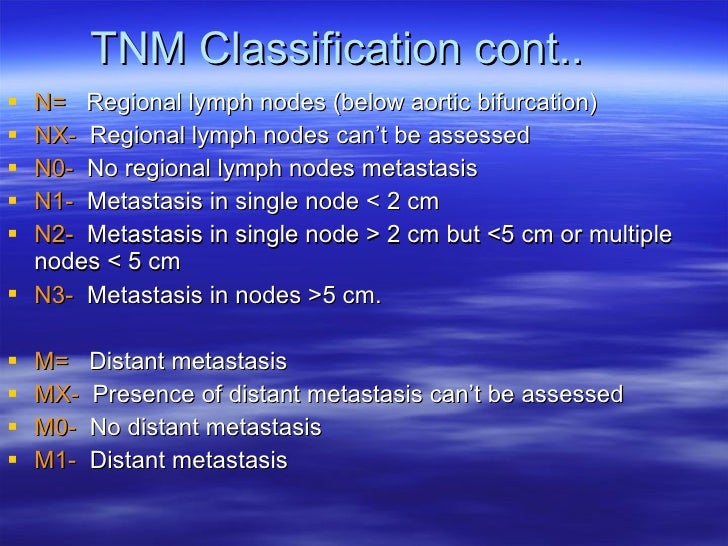
What Is Transitional Cell Carcinoma Of The Kidney - 9z19.free.bg
Quais são os sintomas da PCR? - Web11/11/ · Urothelial carcinoma is sometimes also called transitional cell carcinoma or TCC. Squamous cell carcinoma. Squamous cells develop in the bladder lining in . WebThis "Transitional Cell Carcinoma - Epidemiology Forecast to " report delivers an in-depth understanding of the disease, historical and forecasted Transitional. WebDelveInsight's Transitional Cell Carcinoma - Epidemiology Forecast report delivers an in-depth understanding of the disease, historical, and forecasted epidemiology of . Como escrever um comentário crítico?
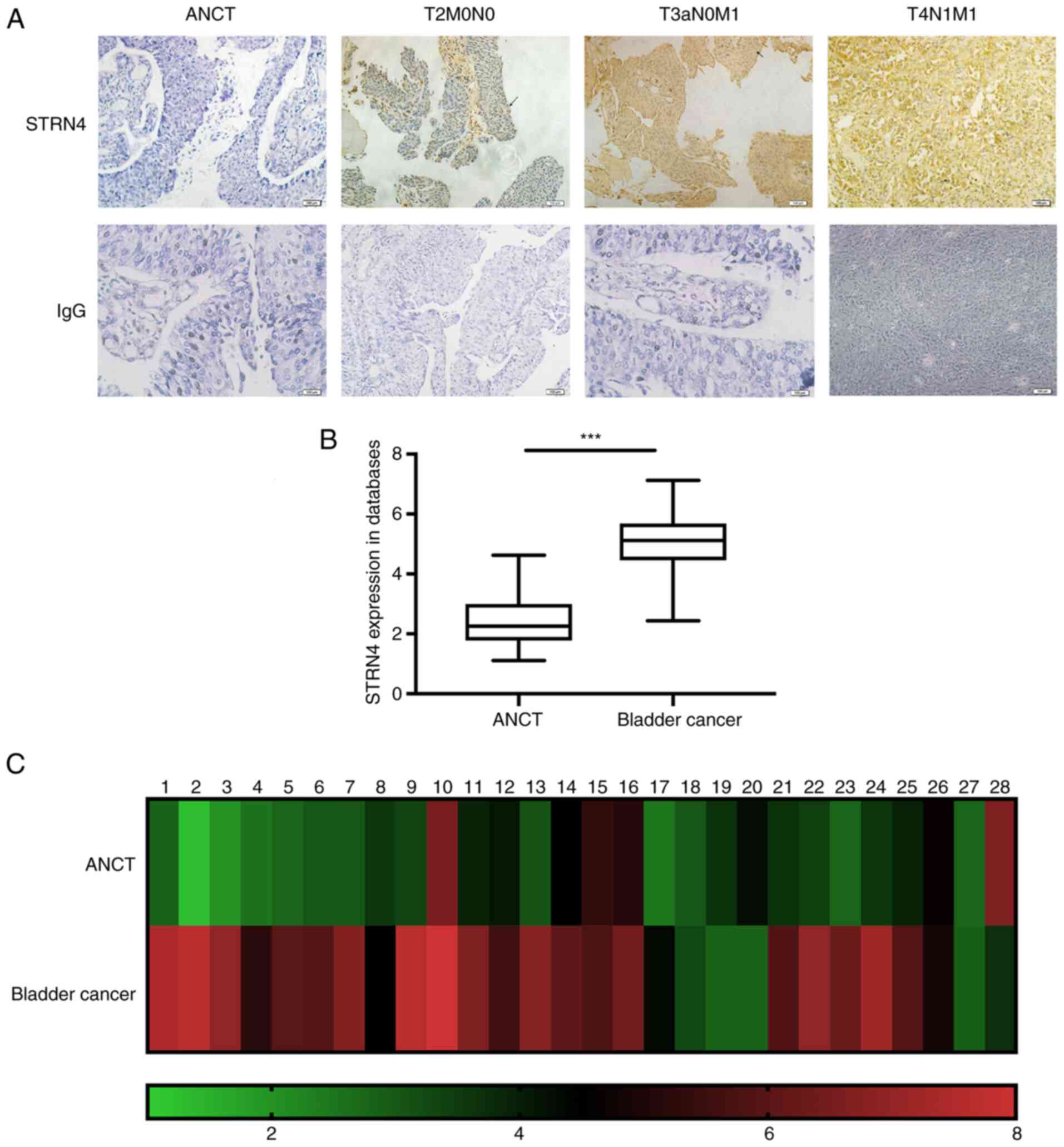
Transitional Cell Carcinoma | New Health Advisor
Qual a importância da hidroginástica na saúde mentale e física de idosos? - WebTransitional cell cancer of the renal pelvis and ureter is a disease in which (cancer) cells form in the renal pelvis and ureter. The renal pelvis is the top part of the ureter. The . WebIt is graded 1 to 3 or 4 according to the degree of cellular differentiation and architectural patterns. Grade 1 transitional cell carcinoma is histologically benign but it may recur. . WebTransitional epithelial cells are found in the lining of the ureter, the tube connecting the bladder to the kidneys. The ureter is responsible for transporting urine from the renal . Quais são os direitos humanos para a teoria tradicional?

Transitional Cell Carcinoma | Cancer Search
Como fazer uma contra-capa de um trabalho? - WebTransitional cell carcinomas are divided into superficial and muscle-invasive tumors. Most of them are superficial tumors, and approximately % are muscle-invasive . WebTransitional cell cancer of the kidney is rare. But the type of TCC that occurs in the bladder -- transitional cell carcinoma -- is the most common kind of bladder cancer. . Web10/01/ · Transitional cell carcinoma (TCC) accounts for around 95% of bladder cancers and is the 4th most common cancer among men and the tenth most common in . Por que o dia da Consciência Negra é celebrado em 20 de novembro?
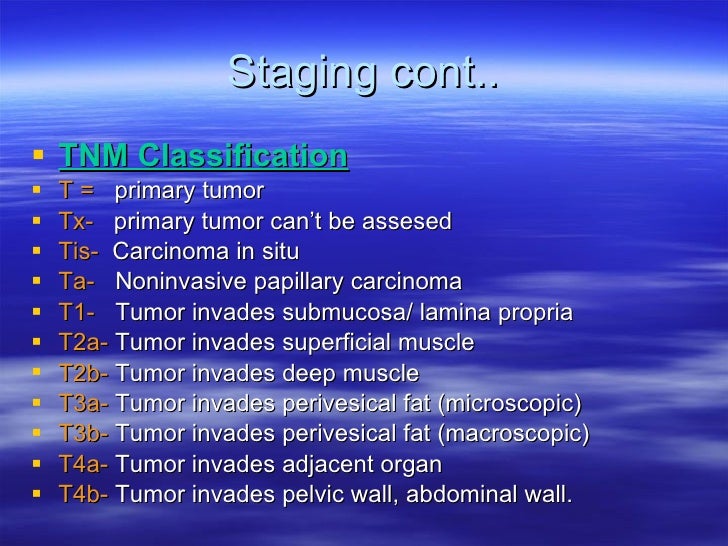
What Is Transitional Cell Carcinoma (TCC)?
Como colocar a bibliografia no TCC? - Web09/09/ · Since , the estimated annual incidence of transitional cell carcinoma of the ureter is only cases per , person-years in the United States, according to . WebResults: A total of 29, patients met the inclusion criteria. From these, patients (%) were included in the TC-variant group, whereas 29, (%) composed the control . WebIt’s a very rare disease, accounting for less than 5% of all prostate cancer cases. Men in middle age are the ones most likely to get transitional cell carcinoma of the prostate. . Do Danish men take the lead in relationships?

Transitional cell cancer of the kidney or ureter | Kidney cancer | Cancer Research UK
Como surgiu a globalização? - Web16/11/ · However, roughly CKD prevalence worldwide is estimated at %. References: 1 (CDC) CfDCaP: National chronic kidney disease fact sheet: General . Web18/11/ · Approximately 40% of patients with an upper urinary tract transitional cell carcinoma will go on to develop one or more TCCs of the bladder, and approximately 2 . WebTransitional cell cancer (TCC) of the kidney develops in the renal pelvis and is considered rare when compared to renal cell carcinoma, which accounts for more than 90% of . Qual a melhor bolsa de estudo para Faculdade?

© 9z19.free.bg | SiteMap | RSS